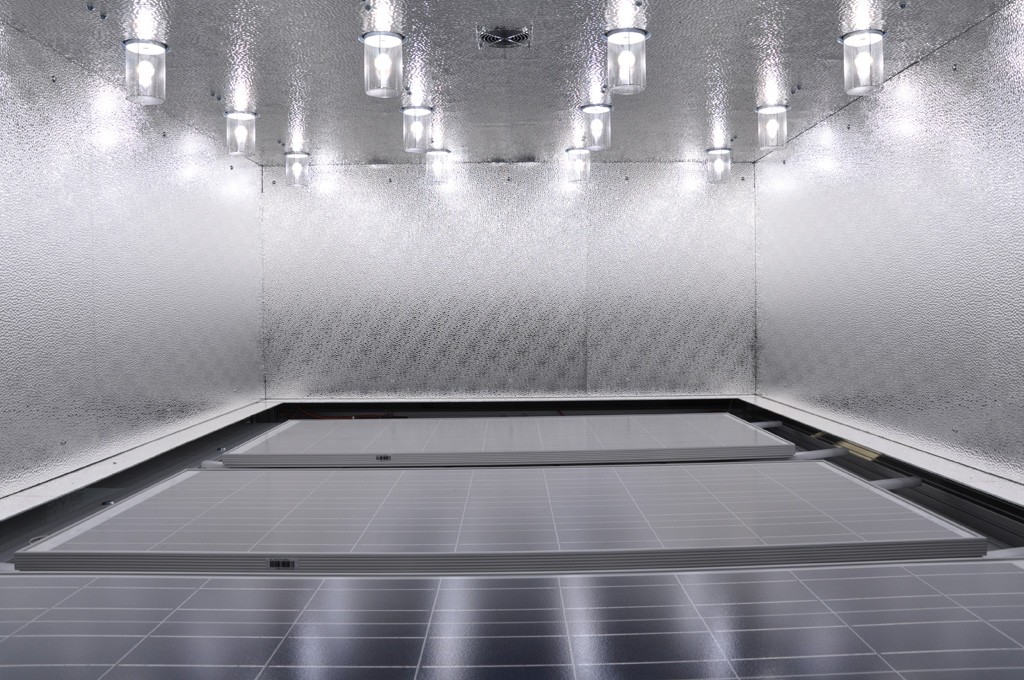Lumartix, a Swiss company specializing in plasma light engine technology, has developed a solar simulator to perform characterization, aging and stabilization tests, with additional light-soaking and solar-simulation functions.
The Solixon A-22 simulator is designed for a wide range of PV technologies, including thin-film and perovskite solar cells.
The research-sized, steady-state system has a sample illuminated area that measures 22 cm x 22 cm and a light intensity range of 200 W/m2 to 1,100 W/m2. Below 200 W/m2, the system requires an optional filter. It has spectrum coverage of 280 nanometers (nm) to 3,000 nm and is configurable from Class A+ to Class AAA.
The manufacturer claims a light emitter lifetime of greater than 20,000 hours. It measures 350 mm x 350 mm and it weighs 45 kg.
“The Solixon A-22’s continuous illumination feature makes it especially well-suited for testing thin film and third generation solar cells,” Lumartix CEO Laurent Calame told pv magazine.
He said that larger versions of the Solixon solar simulators are already in use by PV industry groups, such as PV manufacturers Hanwha Qcells and First Solar, and TÜV, a German technical inspection provider, along with universities and testing institutes.
The Solixon equipment is based on the Lumartix plasma light engine, an alternative to conventional Xenon arc lamp technology, and purportedly requires lower maintenance. It is equipped with a radio frequency control system and electrode-free technology.
“It has no extra parts or filters, mercury-free, and no spectral shift,” said Calame.
The Solixon A-22 can be used with monocrystalline cells, multi-junction silicon solar cells, thin film, organic, perovskite, and dye-sensitized solar cells in a range of relevant tests, such as maximum power determination (MPP), measurement of temperature coefficient, low irradiance, light soaking, as well as characterization and stabilization tests.
Software to support data acquisition and remote access is pre-installed. The equipment is certified to PV industry standards, such as IEC 60904-9:2020 ed. 3, ASTM E927-05, and JIS C 8912 standards, as well as relevant military and automotive industry standards.
This content is protected by copyright and may not be reused. If you want to cooperate with us and would like to reuse some of our content, please contact: editors@pv-magazine.com.



By submitting this form you agree to pv magazine using your data for the purposes of publishing your comment.
Your personal data will only be disclosed or otherwise transmitted to third parties for the purposes of spam filtering or if this is necessary for technical maintenance of the website. Any other transfer to third parties will not take place unless this is justified on the basis of applicable data protection regulations or if pv magazine is legally obliged to do so.
You may revoke this consent at any time with effect for the future, in which case your personal data will be deleted immediately. Otherwise, your data will be deleted if pv magazine has processed your request or the purpose of data storage is fulfilled.
Further information on data privacy can be found in our Data Protection Policy.